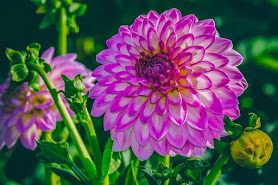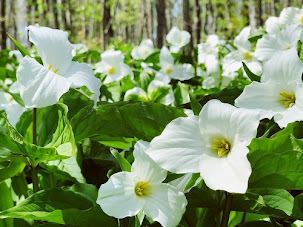 |
| Bucky Bug |
The truth of the matter is that ladybugs are far from the endearing little insects we’ve all been
conditioned to see. They’re much more Terminator than friend-of-the garden and have some nasty behaviors that should dispel the cute myth entirely. Firstly, they will devour any insects that they can get their hands on. It is a common misconception that ladybugs only go after aphids; they like aphids a lot, but they will take a meal where they can get one. This predatory behavior extends to beneficial insects that truly are friends-to-the-garden. If you are using beneficial insects, you should carefully consider the consequences before introducing lady bugs. Secondly, ladybugs have toxic tendencies. When threatened, they will excrete or spray an alkaline toxin as a defense mechanism. Many predators will spit them out at this point, but the nasty fluid is still in the garden environment. It stinks and can cause allergic reactions and asthma-related problems with humans. The author of this article eloquently says, “Ladybugs are not only homicidal maniacs, they’re walking dirty bombs”.
 |
| All These Are Ladybugs |
So, what does this all have to do with the commercial availability of ladybugs? Several things – and all are related to demand that’s beyond the capacity of nature to provide. It may come as a surprise to many people, but the overwhelming majority of ladybugs that are sold commercially are gathered in the wild. This includes the Hippodamia convergens that we sell. So, no, there are not carefully monitored, sustainably conscious labs putting out the little beetles you buy for your ladybug release party. The fact that these in-demand insects are taken from the wild leads to several complications:
• There are no regulations, or oversight of any kind, on how ladybugs are collected. This has led to some egregious and over-the-top efforts to find them, including some people who simply dig up all the dirt and vegetation around where they think they’ll find beetles hibernating. This leads to habitat destruction and eliminates any possible shelter for future generations.• Parasites and diseases that are present in the wild-caught population can be introduced to the micro-world of your garden and the macro-world of your geographical area. Although there is not enough evidence to know just how much a threat this is to the exposed ladybug populations, there is definitely the potential for serious problems.
• Weather-induced events and climate change directly affect the numbers of ladybugs that areavailable. We have seen this most dramatically with the devastating forest fires on the West Coast. The beautiful and lush forests of the West have been the main source for our ladybugs, but many of those same breeding grounds have been lost to fires. Most people are saddened by the mammals and birds that fall victim to fire, but few realize that there have been billions of insect lives taken as well. And when their sanctuary is gone, they cannot easily bounce back.
All in all, there are simply fewer ladybugs out there than there used to be.
Take Care
Submitted by Pam
























